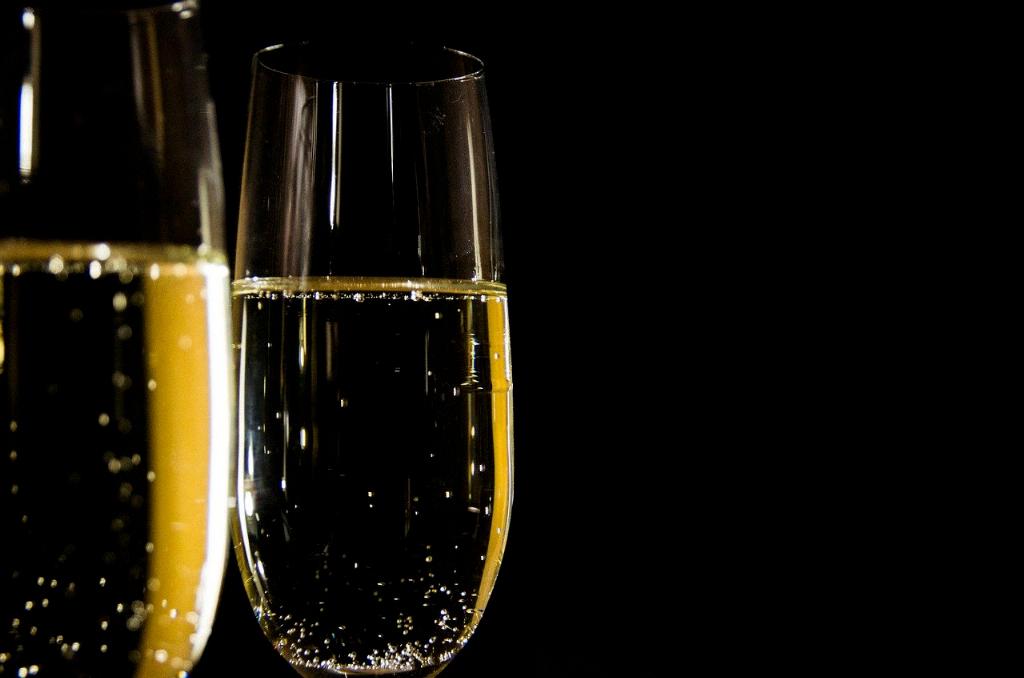When it comes to indulging in a glass of bubbly, Champagne is often the top choice. Its effervescence, elegance, and celebratory nature make it the perfect companion for special occasions and important milestones. But what if you’re specifically looking for a pink-hued Champagne? What is it called? Let’s dive into the world of pink Champagne and uncover its name, origins, production process, and much more.
The Origins of Pink Champagne
Pink Champagne, also known as Rosé Champagne, is a delightful variation of this sparkling wine. Its unique blush color adds a charming touch to any celebration. The origins of pink Champagne can be traced back to the Champagne region of France, where it is produced following the traditional méthode champenoise.
Different Names for Pink Champagne
This delightful pink bubbly goes by various names. While it is commonly referred to as Pink Champagne, it is important to note that there are specific terms used for different styles and methods of production. For example, Champagne that gets its pink color solely from the skins of the red grapes Pinot Noir or Pinot Meunier is often called Rosé Champagne.
Additionally, there are other terms associated with pink Champagne, such as Rosado in Spanish and Rosato in Italian. These terms are used to describe sparkling wines produced in their respective regions and made in a similar style to Champagne.
The Production Process of Pink Champagne
The unique pink hue of Champagne is achieved through a careful production process. After the grapes are harvested, they undergo maceration, where the skins of the red grapes are left in contact with the juice for a specific period. This maceration process allows the transfer of color, giving the Champagne its alluring pink shade.
Following maceration, the grapes are pressed, and the juice is fermented. The wine then undergoes a second fermentation in bottles, which gives Champagne its signature bubbles. This meticulous and time-consuming process is what makes Champagne, including pink Champagne, so special.
The Grape Varieties Used in Pink Champagne
Pink Champagne is primarily made using two red grape varieties, Pinot Noir and Pinot Meunier, which are grown exclusively within the Champagne region. These grapes lend their distinct flavors and contribute to the beautiful pink color of Rosé Champagne. In some cases, Chardonnay, a white grape variety, may also be blended to add complexity and balance to the final product.
Styles and Flavors of Pink Champagne
Pink Champagne can vary in style and flavor, offering a wide range of options to suit different palates. From dry and crisp to slightly sweet and fruity, there is a pink Champagne to please every taste. Some variations may have notes of red berries, floral hints, or even a touch of spice. The diversity of flavors is what makes pink Champagne a versatile and enjoyable choice.
Pairing Pink Champagne with Food
When it comes to food pairings, pink Champagne shines in its versatility. Its delicate flavors and effervescence make it an excellent accompaniment to a variety of dishes. From appetizers like smoked salmon or oysters to main courses like roasted chicken or grilled seafood, pink Champagne can elevate any dining experience. It also pairs well with creamy desserts and fresh fruit.
The Popularity of Pink Champagne
In recent years, the popularity of pink Champagne has soared. Its stunning appearance and delightful taste have made it a favorite choice for celebrations, weddings, and romantic occasions. The rise of rosé wines in general has contributed to the increased interest in pink Champagne. With its ability to be enjoyed on its own or paired with food, it appeals to a wide spectrum of wine enthusiasts.
Pink Champagne vs. White Champagne: Is There a Difference?
While pink Champagne and white Champagne share similarities in terms of production and grape varieties, the key distinction lies in the color and flavor profile. White Champagne is characterized by its pale golden color, crisp acidity, and a range of flavors from citrus to toast. On the other hand, pink Champagne adds a touch of elegance with its attractive pink hue and often exhibits fruitier, fuller flavors.
How to Serve and Store Pink Champagne
To fully appreciate the flavors and effervescence of pink Champagne, it should be served chilled, ideally between 46 to 50 degrees Fahrenheit (8 to 10 degrees Celsius). Use tall flutes or tulip-shaped glasses to preserve the bubbles and enhance the aromatic experience. When storing pink Champagne, it is best to keep it in a cool, dark place away from direct sunlight and extreme temperature fluctuations.
Popular Pink Champagne Brands
There are several renowned Champagne houses and brands that offer exceptional pink Champagne options. Dom Pérignon Rosé, Veuve Clicquot Rosé, and Moët & Chandon Rosé Impérial are just a few examples of highly regarded Champagne producers that craft exquisite pink bubbly.

Conclusion
Pink Champagne, known for its delightful blush color and captivating flavors, brings an extra element of joy to any occasion. With its origins rooted in the Champagne region of France, this bubbly variation is produced using red grape varieties and undergoes a meticulous production process. Whether you call it pink Champagne, Rosé Champagne, or by its regional terms, this sparkling wine offers a wide range of styles and flavors to cater to diverse preferences. So, raise a glass of pink Champagne and celebrate life’s precious moments in style.
